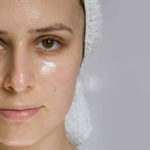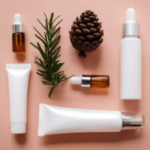Home peels are a growing trend in 2023, with numerous products being developed for at-home use. But what are home peels, and what should we know before trying them? Read on to discover everything you need to know about this popular skincare trend.
1. What is a Home Peel? Understanding the Benefits and Risks
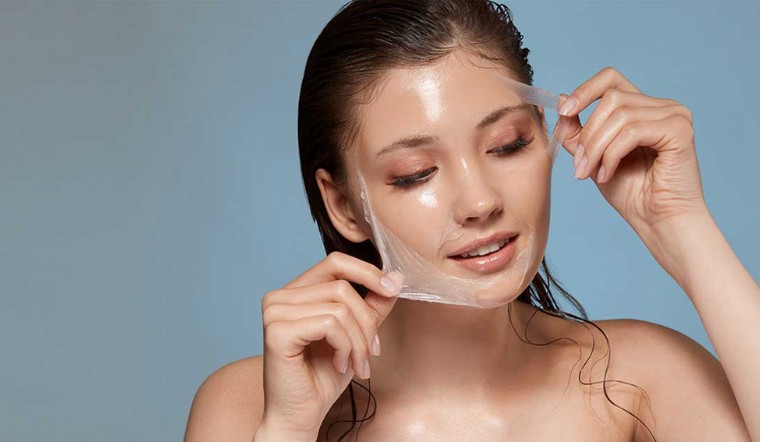 What is a Home Peel?
What is a Home Peel?
Home peels, also known as at-home chemical peels, are a simple and effective way to exfoliate and renew your skin. Unlike spa treatments, home peels are less complex and require fewer products.
The process involves applying a chemical solution to the skin, which removes the top layer of dead skin cells. This can improve skin texture and address various skin concerns, such as acne, scarring, and hyperpigmentation.
However, it’s important to be aware of the potential risks. Home peels can cause temporary skin redness, which may last from a few weeks to a few months. There is also a risk of scarring, especially if the peel is not used correctly or if the ingredients are combined improperly. Additionally, improper use may lead to skin infections, including bacterial, fungal, and even viral infections.
2. Home Peel vs. Spa Chemical Peel: What’s the Difference?
 Home Peel vs. Spa Chemical Peel
Home Peel vs. Spa Chemical Peel
Home peels typically use lower concentrations of active ingredients, usually acids, compared to professional peels performed at spas or clinics. However, the concentrations are higher than those found in daily skincare products like toners or acid-based moisturizers.
On the other hand, chemical peels performed at beauty spas or clinics use higher concentrations of active ingredients and should only be administered by trained and experienced technicians.
3. Preparing for a Home Peel: Essential Steps
Ensure Healthy Skin
Since home peels use acids to remove dead skin cells, it’s crucial to start with healthy skin that can withstand the exfoliation process. Healthy skin is less likely to experience irritation, redness, or skin burns.
If you have sensitive skin or active acne, it’s best to avoid home peels and consult a dermatologist or esthetician for alternative treatments.
 Ensure Healthy Skin Before a Home Peel
Ensure Healthy Skin Before a Home Peel
Prepare After-Care Products
After-care is essential to soothe and minimize potential risks associated with home peels. Prepare products that will help calm and nourish your skin post-peel.
Invest in Sunscreen
Your skin becomes more sensitive after a home peel, so sun protection is a must. Use sunscreen with a high SPF, wear a hat, and avoid direct sunlight to protect your skin.
Discontinue the Use of Certain Products
 Discontinue the Use of Certain Products
Discontinue the Use of Certain Products
Do not attempt at-home peeling with chemical peel products as they can cause severe skin damage and burns. Always follow the recommended guidelines and seek professional advice for chemical peels.
Post-Peel Skincare Routine
After a home peel, focus on nourishing and protecting your skin. Incorporate ingredients like Hyaluronic Acid, Panthenol, Ceramide, and Oatmeal into your routine to soothe and restore your skin’s barrier.
Avoid using products containing acids or retinoids for 7-10 days after the peel to prevent further irritation.
4. Popular Home Peel Products to Try
Toskani Mandesome Duo
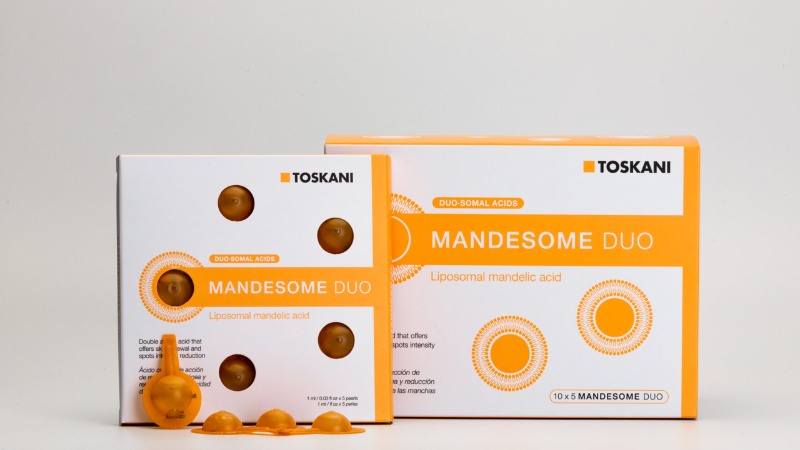 Toskani Mandesome Duo
Toskani Mandesome Duo
Toskani, a renowned Spanish cosmetics brand, is known for its advanced technology in encapsulating active ingredients to optimize effectiveness and reduce skin irritation.
Toskani Mandesome Duo effectively exfoliates the skin without causing irritation. Its key ingredient is Mandelic Acid, a large-molecule AHA with gentle properties. Mandelic Acid addresses uneven skin tone, acne, and post-inflammatory hyperpigmentation.
Price: Approximately 1,000,000 VND.
Neostrata Prosystem Retinol Peel
 Neostrata Prosystem Retinol Peel
Neostrata Prosystem Retinol Peel
Imported from the USA, the Neostrata Prosystem Retinol Peel offers gentle exfoliation and effective acne treatment. It improves skin texture, reduces fine lines, and enhances skin tone.
Key ingredients include:
- 3% Retinol: Boosts cell turnover, refines pores, and reduces wrinkles while slowing down skin aging.
- 4% NeoCitriate® and 0.1% Aminofil®: Exclusive, patented ingredients by Neostrata that stimulate collagen production and improve signs of aging.
Price: Approximately 445,000 VND.
MCCM T35P Peeling
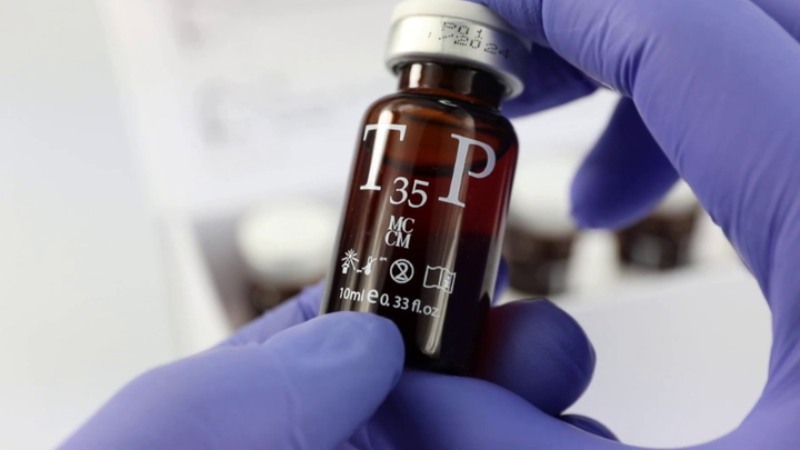 MCCM T35P Peeling
MCCM T35P Peeling
Developed by the Spanish brand MCCM, this peel utilizes advanced technology to smooth skin texture, improve skin tone, and enhance radiance.
Key ingredients include:
- 5% TCA: Stimulates cell renewal, improves skin elasticity, and cleanses pores.
- : Provides effective antibacterial action.
- : Brightens skin and inhibits melanin production, reducing the appearance of dark spots.
- : Helps address uneven skin tone and brown spots.
Price: Approximately 5,100,000 VND.
5. Important Considerations for Home Peels
 Important Considerations for Home Peels
Important Considerations for Home Peels
- For the best results, carefully select the right products and prepare your skin thoroughly before a home peel. It’s crucial to have healthy skin before peeling and to prioritize sun protection afterward.
- While home peels offer benefits like acne treatment, fading dark spots, and reducing scars, professional peels at reputable spas or aesthetic clinics can provide more noticeable results.
Home peels are gaining popularity due to their simplicity, convenience, and impressive outcomes. We hope this guide has provided valuable insights to help you make informed decisions about home peels.


























